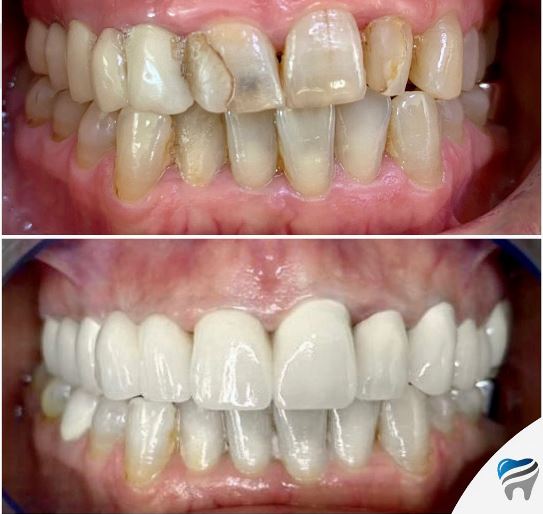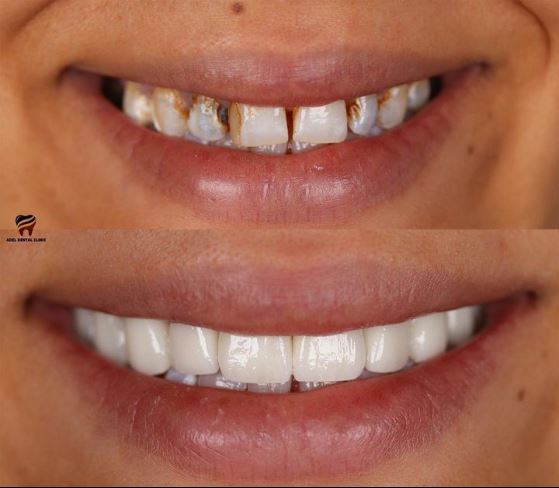Difference Between Porcelain Veneers and Crowns
In order to improve the aesthetic aspect of teeth, porcelain crowns and veneers are applied to any broken or discolored teeth, particularly the anterior teeth. The lost dental functions are restored with both treatments. The main distinction between these two procedures is that a veneer simply covers the front of a tooth, but a crown completely encases it. Despite the differences between the applications, each had a significant degree of success. Since veneers are created from incredibly thin porcelain, their primary use is cosmetic. Utilizing medical adhesives, veneers are bonded to the front of teeth.

The tooth surface is slightly abraded and a rough structure is created to help the veneer cling to the tooth underneath. In recently created veneers kinds, there is hardly any abrasion process. For the necessary amount of veneer adhesion, there must be enough tooth layer on the tooth. Typically, very thin porcelain or other materials are used to create veneers with an average thickness of 1 millimeter.
In order to reinforce the tooth, repair damage, and improve appearance, porcelain crowns are preferred. Crowns, as opposed to veneers, completely encase the tooth and are typically 2 millimeters thick. Either all metal, all porcelain, or all mixed metals can be used to create it. The color of both crowns and veneers is the same as our natural teeth, with the exception of all-metal crowns.

When compared to veneers, crowns abrade the tooth less because crown placement involves more intrusive treatments. For porcelain veneers, the front teeth are the most popular area. Front teeth are the ones that are most noticeable and have the biggest influence on grin. Veneer the anterior teeth for aesthetic reasons, in addition to repairing damaged teeth, improves a person's self-image, self-confidence, and youthful appearance. Motils are best treated with porcelain crowns.
People who are not allergic to metal should benefit from the durability of porcelain crowns combined with metals because these teeth are not particularly noticeable. Based on your teeth or gums' health, their position, and how visible they are, your dentist will advise you on the ideal kind of porcelain. When deciding which crown to utilize, there are a few things to keep in mind.
If you have any questions you do not find here, please contact us.
